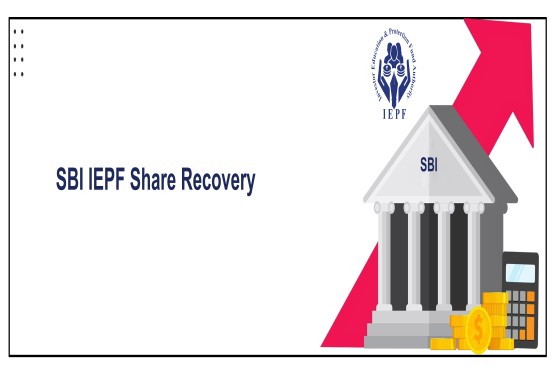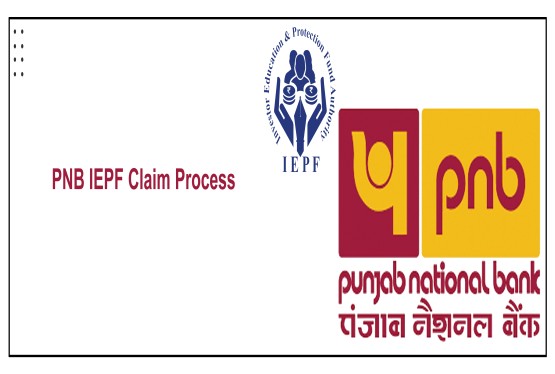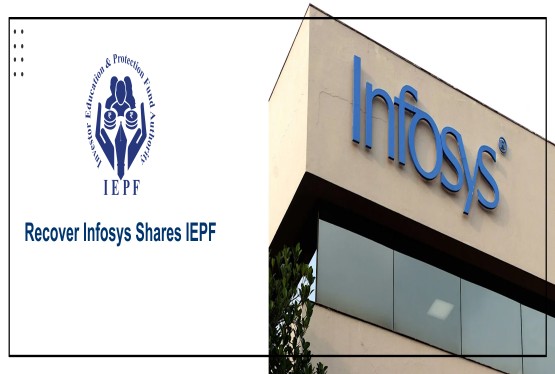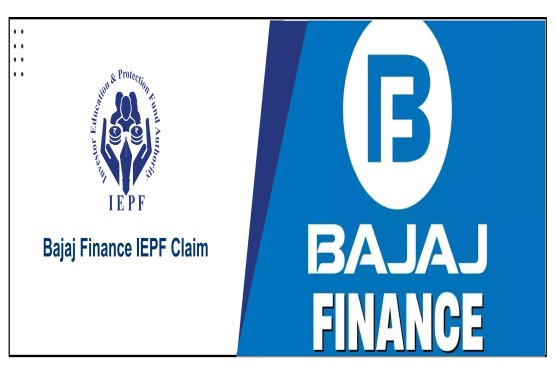Valuation of shares in any company its worth in the financial market, and the process becomes particularly difficult for non-banking financial companies (NBFCs), operating in the financial sector, deal with assets and liabilities that are often more complex than those in other industries. An NBFC (Non-Banking Financial Company) is a financial institution that provides services similar to bank, such as lending, leasing, wealth management, and investment advisory, without the ability to accept demand deposits. The valuation of shares in an NBFC is an essential process, especially for potential investors, stakeholders, and regulators, as it helps assess the company’s financial health, growth prospects, and risk -profile.
Get more information about RBI Regulations Compliance for NBFC in India.
Unlike conventional companies, an NBFCs value is affected by its asset quality, regulatory framework, and capital adequacy ratios. Therefore, evaluating the financial stability and profitability of an NBFC is often more intricate.
Learn more about Documents and Procedure for NBFC Registration.
Importance of valuation of NBFC Shares
Valuation plays a important role in several scenarios:
-
Investment Decisions: Investors use valuation to assess whether an NBFC's shares are overvalued or undervalued in the market.
-
Regulatory Compliance: Regulatory bodies like the Reserve Bank of India (RBI) monitor the financial health of NBFCs, and valuation helps in setting capital adequacy and risk exposure limits.
-
Mergers & Acquisitions (M&A): In cases of consolidation or acquisition, the accurate valuation of shares ensures fair pricing and transparency.
-
Corporate Governance: Share valuation helps in assessing the company's ability to raise funds, restructure its capital, or distribute dividends.
Methods for valuation of shares in an NBFC
The valuation of shares in NBFCs involves multiple methods, each focusing on different financial metrics. The most common methods for valuing shares in an NBFC include Discounted Cash Flow (DCF), Price-to-Earnings (P/E) Ratio, Net Asset Value (NAV), and Dividend Discount Model (DDM).
Discounted Cash Flow (DCF) Method
The Discounted Cash Flow (DCF) method is one of the most widely used approaches for valuing shares, especially for companies like NBFCs with stable cash flows. This method estimates the value of a company's shares by calculating the present value of future cash flows generated by the business, discounted at an appropriate rate.
Steps involved in DCF Method
-
Project Future Cash Flows: The first step is to forecast the future cash flows of the NBFC for a set period, usually 5-10 years.
-
Estimate the Discount Rate: The rate used to discount future cash flows is typically the Weighted Average Cost of Capital (WACC), which accounts for both debt and equity financing.
-
Calculate Terminal Value: After the projection period, the value of the company is estimated using a terminal growth rate, which reflects the long-term growth expectations.
-
Discount and Sum: Finally, the projected cash flows and terminal value are discounted to the present value.
DCF Formula
Where: ∑ CF/ (1+r)t + TV/ (1+r)n
-
CFt = Cash flow at time t
-
r = Discount rate (WACC)
-
TV = Terminal value
-
n= Number of periods
The DCF method is highly effective for valuing NBFCs as it considers the specific cash generation abilities of the company and its future prospects.
Price-to-Earnings (P/E) Ratio Method
The Price-to-Earnings (P/E) Ratio is a relative valuation method that compares the market price of the NBFC’s shares to its earnings per share (EPS). This method is used widely in stock markets to value companies in the financial sector.
Formula: P/E(ratio)= Market price per shares/Earning Per Shares(EPS)
The P/E ratio reflects the market’s expectations of the NBFC’s future earnings growth. A high P/E ratio suggests that investors are willing to pay more for the company’s shares, anticipating high future growth, while a low P/E indicates lower growth expectations.
For NBFCs, a typical P/E ratio is often compared with the industry average, competitors, and the company’s historical P/E to determine whether it is overvalued or undervalued.
Net Asset Value (NAV) Method
The Net Asset Value (NAV) method is a popular approach in valuing financial companies, including NBFCs, by determining the total value of the company's assets and subtracting its liabilities. This method works particularly well for NBFCs with large portfolios of loans, investments, and tangible assets.
Formula: NAV= Total Assets - Total Liabilities
NAV per Share is then calculated as: NAV per Share = NAV/ Total Number of Shares?
This method provides a book value per share, giving investors insight into the company’s intrinsic value based on its asset base. However, for NBFCs that rely heavily on intangible assets like goodwill or management expertise, the NAV method may not fully capture their true value.
Dividend Discount Model (DDM)
The Dividend Discount Model (DDM) is a suitable approach for NBFCs that pay regular dividends. The DDM values shares based on the assumption that the value of an equity is equal to the present value of all future dividends.
Formula: Po = D1/ r-g
Where:
-
Po = Price of the share
-
D1 = Dividends in the next year
-
r= Required rate of return
-
g = Growth rate of dividends
The DDM assumes that dividends will grow at a constant rate over time. For NBFCs with stable and predictable dividend payouts, this model can be effective in estimating the value of shares.
Factors affecting NBFC Share valuation
The valuation of share in a Non-Banking Financial Company (NBFC) is heavily influenced by a range of factors. Understanding these factors is essential for investors, analysts, and stakeholders who are trying to gauge the company’s market worth.
Asset Quality
The asset quality of an NBFC is one of the most critical factors in determining its financial health and, consequently, its share valuation. Asset quality refers to the quality of the loan portfolio or the assets the NBFC holds, including the likelihood that they will perform as expected (i.e., generating income or repayments).
An Indicator of asset quality is the Non-Performing Asset (NPA) ratio, which measures the proportion of loans that are not being repaid on time. Higher NPAs indicate that a significant portion of the NBFC's loan portfolio is at risk of default, which can directly impact the company's profitability. Higher NPAs lead to:
-
Increased provisions for bad debts: This reduces profits.
-
Lower recoverability of loans: Potential for lesser future cash flows.
-
Investor concerns: Higher risks make the company less attractive to investors, potentially lowering its market value.
Conversely, a low NPA ratio reflects a healthy, performing asset base, suggesting that most loans are being repaid as expected, leading to:
-
Stable revenue generation.
-
Higher investor confidence.
-
Increased share valuation.
Thus, NBFCs with strong asset quality, characterized by a low NPA ratio, are likely to enjoy higher valuations as they present a lower risk and better long-term financial stability.
Capital Adequacy
Capital Adequacy Ratio (CAR) is an important measure of an NBFC’s financial health. It refers to the proportion of the NBFC’s capital (equity and reserves) to its risk-weighted assets (RWA), and is primarily used to assess the company’s ability to absorb financial shocks. This ratio is essential for ensuring that an NBFC has enough capital to cover potential losses and continue operations in case of economic or market downturns.
The higher the CAR, the more capital the NBFC has available to absorb potential risks, which:
-
Increases investor confidence.
-
Strengthens financial resilience.
-
Reduces the likelihood of insolvency.
An NBFC with a strong CAR (above regulatory minimum requirements) is typically considered less risky and more capable of weathering market volatility, such as:
-
Market fluctuations.
-
Interest rate changes.
-
Sudden increases in bad loans.
As a result, a strong CAR positively influences the valuation of the NBFC's shares, as investors tend to value companies that can absorb losses without compromising on operations.
In contrast, low capital adequacy could signal potential difficulties in meeting financial obligations or maintaining operations during tough periods, thus negatively affecting share prices.
Regulatory Environment
The regulatory environment in which an NBFC operates has a profound impact on its operations and share valuation. In countries like India, the regulatory framework for NBFCs is governed by the Reserve Bank of India (RBI), which sets rules related to capital requirements, liquidity norms, and loan classifications. The regulatory environment includes:
-
Capital adequacy norms: The RBI mandates that NBFCs maintain a minimum capital adequacy ratio to ensure they have enough capital to absorb losses.
-
Liquidity norms: These norms dictate how much cash or liquid assets an NBFC must hold to ensure it can meet its short-term financial obligations.
-
Loan classification: The classification of loans into standard, substandard, and doubtful impacts how NBFCs classify and manage their assets.
Regulatory changes, such as increased capital requirements or stricter liquidity norms, can:
-
Increase operational costs: NBFCs may need to raise additional capital to meet new regulatory norms, impacting profitability.
-
Affect lending capacity: Changes in loan classification or stricter lending criteria could limit the NBFC's ability to offer loans, affecting revenue growth.
-
Boost investor confidence: On the other hand, regulations that strengthen the financial health of the sector (e.g., stricter oversight, higher capital buffers) can increase market confidence, pushing share valuations up.
For example, when the RBI tightens NPA provisioning norms or increases the capital adequacy ratio, it can lead to:
-
Short-term declines in profitability, as the NBFC may need to allocate more resources to meet these requirements.
-
Long-term stability for the company, enhancing its attractiveness to investors.
Market Conditions
Market conditions and the broader economic environment are crucial in determining the value of shares in NBFCs. NBFCs operate in a financial ecosystem, and their performance is significantly affected by macroeconomic factors such as:
-
Interest rates: Higher interest rates typically result in higher borrowing costs for NBFCs and their customers, potentially decreasing loan demand and increasing default risks. Conversely, low interest rates may make loans cheaper, stimulating demand and profitability.
-
Inflation: Inflation can affect the purchasing power of customers and the cost of borrowing, influencing an NBFC’s lending portfolio.
-
Economic growth: A growing economy often leads to higher demand for loans (e.g., for personal, business, or real estate purposes), which boosts an NBFC’s profitability.
-
Market sentiment: Investor sentiment, often driven by broader market trends, can lead to changes in the valuation of an NBFC. For instance, positive sentiment around financial stocks during a bullish market phase can increase demand for NBFC shares, leading to a rise in share prices.
Additionally, global market trends and geopolitical events (such as a global recession or financial crises) can have an outsized impact on the NBFC sector. In a bearish market, even high-performing NBFCs may see their share prices decline due to general market pessimism.
In conclusion, market conditions reflect economic cycles, investor sentiment, and external factors, and they can cause substantial fluctuations in the share price of NBFCs. Thus, understanding market conditions is key for investors when valuing NBFC shares.
Challenges for Valuing NBFC Shares
Valuing shares in an NBFC is not without challenges:
-
Complex Financials: NBFCs often have intricate financial structures, including loans, investments, and off-balance-sheet items, which can make valuation more complicated.
-
Regulatory Uncertainty: Changes in RBI regulations or shifts in government policy can significantly alter an NBFC’s operations and profitability, making it harder to predict future performance.
-
Market Sentiment: Investor sentiment and market speculation can sometimes drive share prices away from their intrinsic value, creating challenges for accurate valuation.
The valuation of shares in an NBFC is a complex, multi-faceted process that requires careful consideration of the company’s asset quality, capital adequacy, market conditions, and financial performance. Techniques like Discounted Cash Flow (DCF), P/E ratio, NAV, and Dividend Discount Model (DDM) are commonly used, but selecting the right method depends on the NBFC’s specific financial structure and goals.
Investors and analysts must grasp the fundamental factors influencing an NBFC's value to make well-informed investment choices. As the financial services industry continues to evolve, staying updated on regulatory shifts and market trends will remain important for effectively assessing the true value of NBFC shares.
Frequent Queries
Q1. How does the Non-Performing Asset (NPA) ratio impact the valuation of an NBFC?
Ans. The NPA ratio directly affects the financial health of an NBFC. A higher NPA ratio indicates a larger portion of the loan portfolio is at risk of default, leading to lower profitability and increased provisions for bad debts. This reduces future cash flows, which negatively impacts the valuation of the NBFC's shares. Investors generally favor companies with a lower NPA ratio, as it suggests a healthier asset base and a more stable cash flow.
Q2. What role does the Capital Adequacy Ratio (CAR) play in determining the valuation of NBFC shares?
Ans. The Capital Adequacy Ratio (CAR) measures the financial strength of an NBFC to absorb potential losses. A higher CAR indicates that the company has a stronger capital base, reducing its vulnerability to economic shocks and enhancing investor confidence. This leads to a more favorable valuation of shares. A low CAR, on the other hand, may raise concerns about the company’s ability to withstand financial stress, potentially lowering its market value.
Q3. How does the regulatory framework affect the valuation of shares in an NBFC?
Ans. The regulatory environment is important in determining the operational limits and financial health of an NBFC. Changes in regulations, such as higher capital adequacy requirements or stricter liquidity norms, can impact an NBFC’s profitability and its ability to lend, which in turn affects its share valuation. On the positive side, regulations that enhance transparency or protect investors may boost market confidence, leading to higher share prices.
Q4. Why are market conditions such as interest rates and inflation important for NBFC share valuation?
Ans. Market conditions like interest rates and inflation have a direct impact on an NBFC’s cost of borrowing, loan demand, and overall profitability. High interest rates can increase borrowing costs for the NBFC and its clients, reducing loan demand and increasing default risks. Similarly, inflation can impact consumer purchasing power and affect the NBFC's lending activities. These factors are critical in forecasting future cash flows and, consequently, in determining the value of shares in the company.











































































_crop10_thumb.jpg)


































































_crop10_thumb.jpg)
_crop10_thumb.jpg)



_crop10_thumb.jpg)


_crop10_thumb.jpg)





_crop10_thumb.jpg)

_crop10_thumb.jpg)














-suratgujarat-section-158_crop10_thumb.jpg)
-suratgujarat_crop10_thumb.jpg)
-(33)_crop10_thumb.jpg)



-ahmedabad_crop10_thumb.jpg)
-learn_crop10_thumb.jpg)

-learnn_crop10_thumb.jpg)



























































_crop10_thumb.jpg)























_Guidelines_learn_crop10_thumb.jpg)























_learn_crop10_thumb.jpg)
_crop10_thumb.jpeg)










_crop10_thumb.jpg)




_Second_Amendment_Rules,_2025_learn_crop10_thumb.jpg)







_learn_crop10_thumb.jpg)











































_learn_crop10_thumb.jpeg)

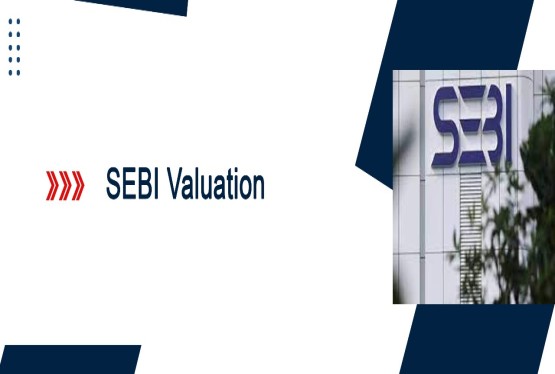














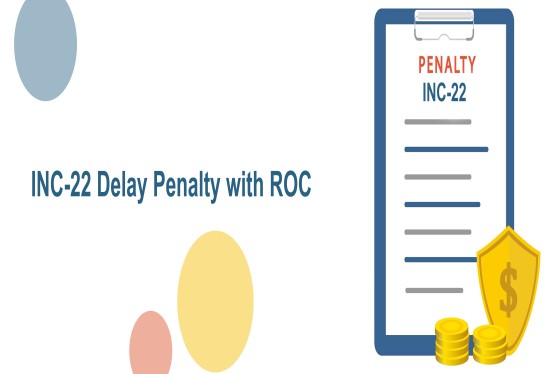






_learn_crop10_thumb.jpg)



_rd_roc_learn_crop10_thumb.jpg)








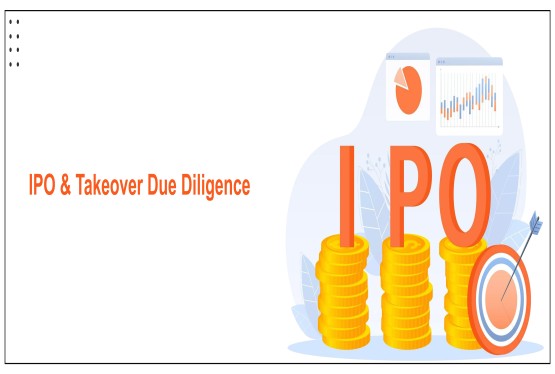







_learn_crop10_thumb.jpg)






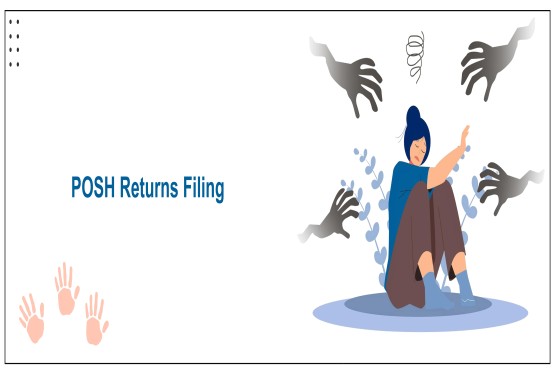
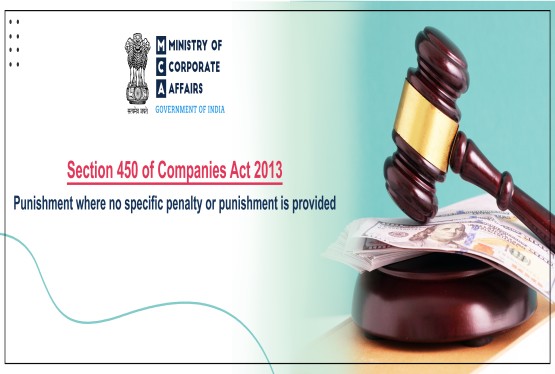




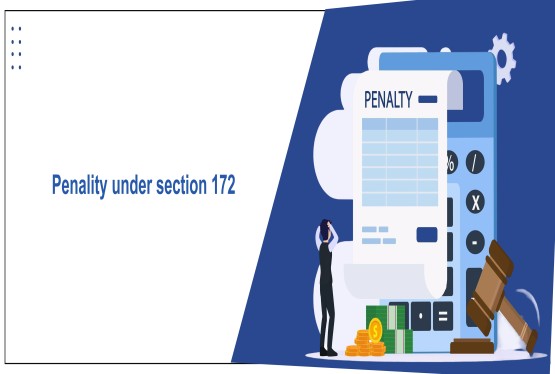

_learn_crop10_thumb.jpg)
_Learn_crop10_thumb.jpg)











